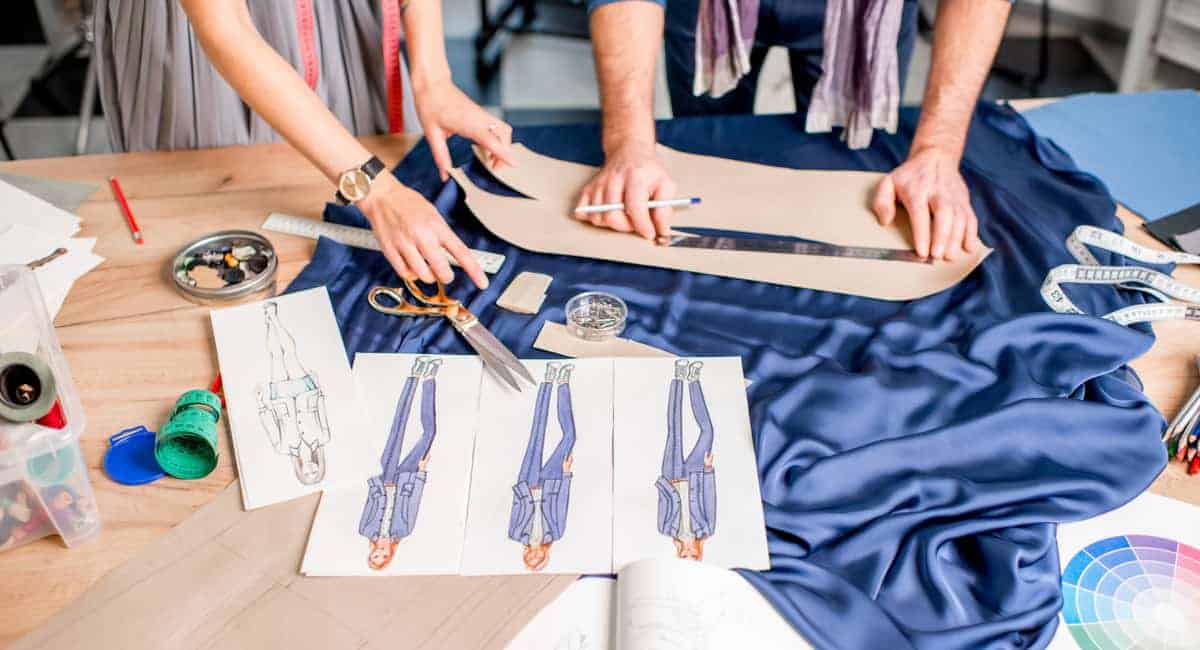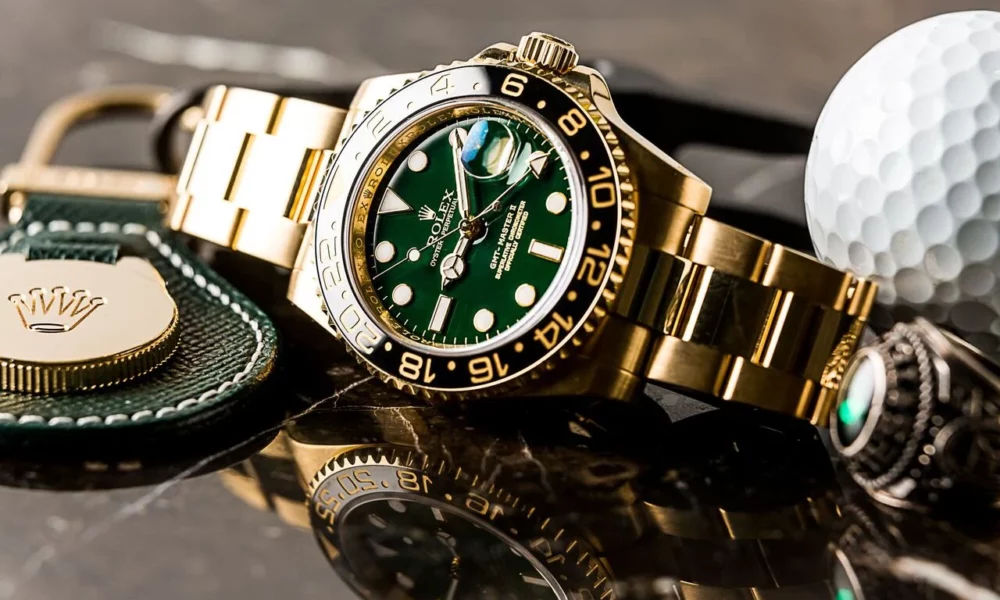Trend forecasting is an essential process in the fashion industry. From high-end fashion houses to fast fashion retailers, everyone relies on trend forecasting to stay ahead of the curve and meet the ever-changing demands of consumers.
What is Trend Forecasting?

Trend forecasting is the process of predicting the upcoming trends in fashion. It involves analyzing various factors such as consumer behavior, cultural and social influences, and economic conditions to identify emerging trends in fashion.
These trends can be anything from new color palettes to materials, silhouettes, and patterns. Trend forecasting helps designers and retailers in making informed decisions about the products they create and stock.
The Importance of Trend Forecasting in the Fashion Industry
Trend forecasting plays a critical role in the fashion industry. It helps designers and retailers create products that are in line with the current trends, which, in turn, increases their chances of success in the market.
For instance, if a designer or retailer fails to forecast the popularity of a particular color or silhouette, they may end up with a surplus of unsold products. On the other hand, if they correctly predict the trends, they can create products that align with the current demand, increasing their sales and profit margins.
How is Trend Forecasting Done?

Trend forecasting involves a combination of art and science. It requires a deep understanding of consumer behavior, fashion history, and cultural influences, along with the ability to interpret data and insights.
Some of the methods used for trend forecasting in the fashion industry include:
- Market Research: This involves analyzing the current market trends and consumer behavior to identify emerging patterns.
- Color and Material Forecasting: This involves predicting the upcoming color palettes and materials based on consumer preferences and cultural influences.
- Trend Analysis: This involves analyzing runway shows, street style, and social media to identify emerging trends.
- Cultural and Social Influences: This involves analyzing social, political, and economic factors to identify emerging trends.
The Future of Trend Forecasting in the Fashion Industry
The fashion industry is constantly evolving, and so is the process of trend forecasting. With the rise of technology and social media, trend forecasting is becoming more data-driven and accurate.
Today, many companies are using artificial intelligence and machine learning to analyze large volumes of data and predict upcoming trends. This has made trend forecasting faster and more accurate, enabling designers and retailers to respond quickly to changing consumer demands.
Trend forecasting is a vital process in the fashion industry. It helps designers and retailers create products that align with the current trends, increasing their chances of success in the market. With the rise of technology and data-driven insights, trend forecasting is becoming more accurate and efficient, enabling the industry to respond quickly to changing consumer demands.



